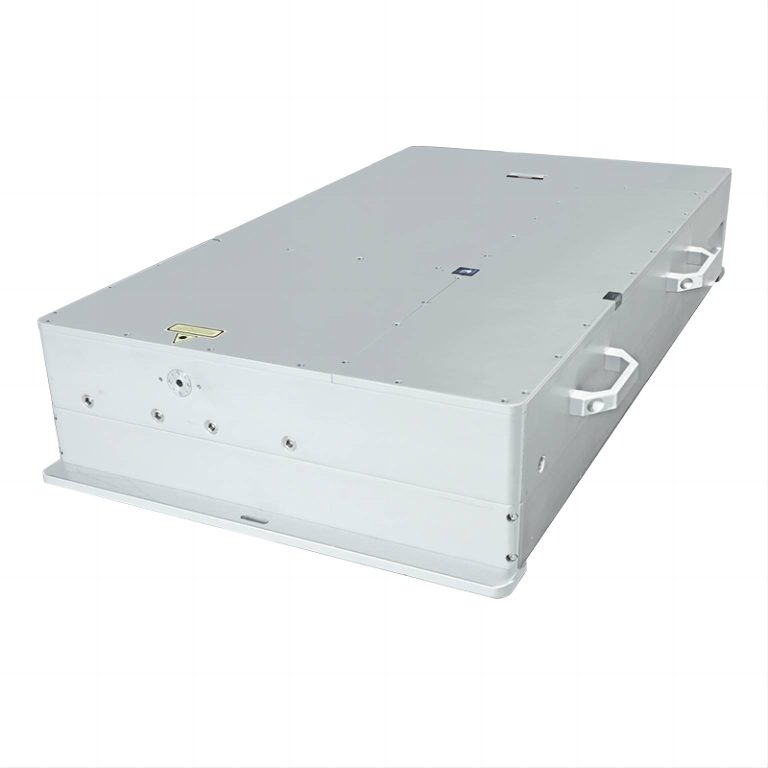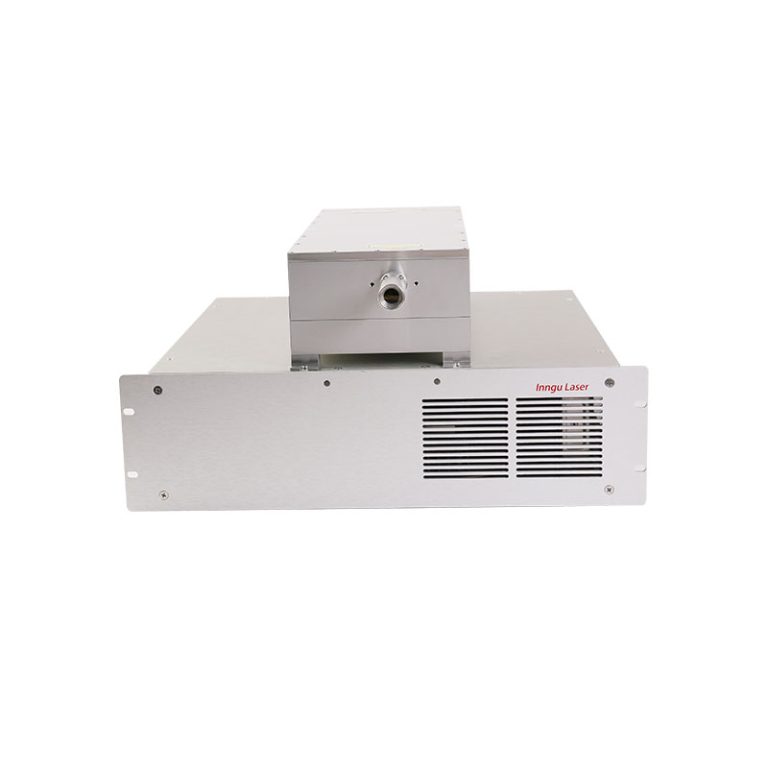Laser marking is a process that uses a high-power laser beam to etch or engrave the design on a surface. The laser beam is directed to the surface of material to produce high-contrast marks by removing a small amount of material or changing its color. Laser marking can produce marks of various shapes, sizes and depths based on laser type, materials being marked, and desired result.
Compared with traditional marking methods such as mechanical engraving, chemical etching and inkjet printing, the advantages of Laser marking are as below:
1.Accuracy: Laser marking can make high precision and accurate marking up to micron level.
2.Durability: Laser marking is highly durable, wearproof, corrosion-proof and colorfast.
3.Speed: Laser markingis a fast and efficient process that can create marks in seconds or minutes, depending on the complexity and size of the mark.
4.Versatility: Laser marking can be used for a variety of materials, including metals, plastics, ceramics and glass.
Laser marking has a wide range of applications in industries such as aerospace, automotive, medical devices, electronics and jewellery. Some common applications for Laser marking are as following.
- Identification: Laser markingisused to create unique identification codes, serial numbers and logos on products, components and parts. It helps to and track the entire life cycle of the product and prevent counterfeiting and fraud.
- Decoration: Laser precision markers can be used to create decorative patterns, designs and logos on products such as jewellery, watches and consumer electronics. It adds the value and aesthetics of products, making them more attractiveto customers.
- Functional marking: Laser markings can be used for functional markings such as bar codes, QR codes and data matrix codes. These marks can be used for inventory management, product tracking and quality control.
- Medical devices: Laser precision markers are widely used in the medical industry to create permanent markings on implants, surgical instruments and medical equipment. Ithelpsto identify devices and ensure the safety and effectiveness.
Here are the future prospects for Laser marking.
- Miniaturization: It is expected to be Laser more precise and accuratefor precision markingand smaller and more complex marks will be possible to be created. It will be helpful to develop miniaturized equipment and components which require high precision marking.
- Integration: Laser marking willbe integrated with other manufacturing technologies likecutting, welding and drilling, making creating complex and versatile products which need multiple processes possible.
- Automation: Laser markingis expected to be automated and integrated with robotics and artificial intelligence. It willenable the creation of smart factories to produce high quality products with minimal human intervention.


